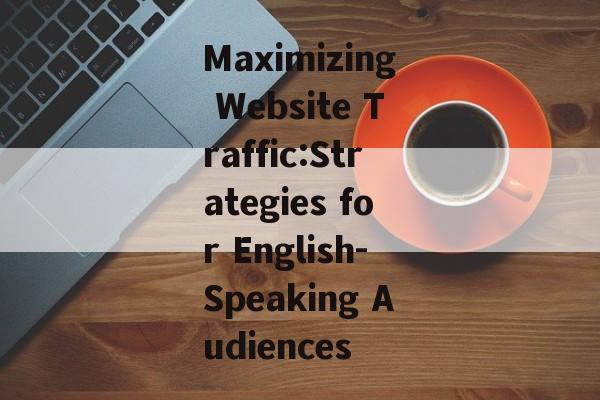Maximizing Website Traffic:Strategies for English-Speaking Audiences
In the digital age, website traffic is the lifeblood of online businesses and content creators. For English-speaking audiences, attracting and retaining a steady flow of visitors is crucial for success. Whether you are running an e-commerce site, a blog, or a corporate webpage, understanding and implementing effective strategies to boost your website's traffic is essential. In this article, we will delve into various methods to maximize website traffic for English-speaking audiences.
SEO Optimization: The Foundation of Traffic
Search Engine Optimization (SEO) is the process of optimizing your website to "rank" higher in search engine results pages (SERPs). This is particularly important for English-speaking audiences, as they are more likely to use search engines like Google to find information and products.
- Keyword Research: Identify relevant keywords that your target audience is searching for. Use tools like Google Keyword Planner, SEMrush, or Ahrefs to find high-traffic, low-competition keywords.
- On-Page SEO: Ensure that your website's content is optimized for these keywords. This includes using them in titles, headings, meta descriptions, and throughout the body of the text.
- Off-Page SEO: Build backlinks from reputable websites to increase your site's authority and visibility in search results.
High-Quality Content: The Heart of Engagement
Content is king, and it is the cornerstone of attracting and retaining visitors. For English-speaking audiences, content should be informative, engaging, and tailored to their interests.
- Content Types: Create a diverse range of content types, including blog posts, videos, infographics, and podcasts, to cater to different audience preferences.
- Engagement: Encourage user engagement by including call-to-actions (CTAs), interactive elements, and social sharing buttons.
- Localization: Consider localizing your content to resonate with specific English-speaking regions, using cultural references and language nuances appropriate for that audience.
Social Media Marketing: The Catalyst for Traffic
Social media platforms are powerful tools for driving traffic to your website. For English-speaking audiences, platforms like Facebook, Twitter, Instagram, and LinkedIn can be particularly effective.
- Content Promotion: Share your content on social media to increase its visibility. Use eye-catching images, engaging captions, and relevant hashtags.
- Community Building: Engage with your audience by responding to comments, participating in discussions, and sharing user-generated content.
- Paid Advertising: Invest in targeted social media ads to reach a wider audience and drive traffic to specific pages on your website.
Email Marketing: The Personal Touch

Email marketing is a direct and personal way to communicate with your audience and drive traffic to your website.
- Newsletter Subscriptions: Encourage visitors to subscribe to your newsletter to receive updates and exclusive content.
- Segmentation: Segment your email list based on user behavior, interests, or demographics to send personalized content.
- Email Campaigns: Create compelling email campaigns that include links to your website's most valuable content.
Paid Advertising: The Quick Win
Paid advertising can provide a quick boost in traffic, although it requires a budget and a clear understanding of your target audience.
- Pay-Per-Click (PPC): Use PPC campaigns on Google Ads and social media platforms to drive targeted traffic to your website.
- Retargeting: Implement retargeting campaigns to reach visitors who have previously interacted with your website but did not convert.
- Budget Allocation: Monitor the performance of your ads and allocate your budget to the most effective channels.
User Experience (UX) Optimization: The Silent Traffic Driver
A great user experience can significantly impact your website's traffic and conversion rates.
- Page Load Speed: Optimize your website's loading speed to keep visitors engaged and reduce bounce rates.
- Mobile Responsiveness: Ensure your website is mobile-friendly, as a significant portion of English-speaking internet users access content on mobile devices.
- Navigation and Structure: Make it easy for visitors to find what they are looking for with clear navigation and a well-structured website.
Analytics and Continuous Improvement
Finally, to effectively maximize website traffic, it is crucial to use analytics tools to track your performance and continuously improve your strategies.
- Google Analytics: Use Google Analytics to track website traffic, user behavior, and conversion rates.
- A/B Testing: Conduct A/B testing to determine which elements of your website work best and make data-driven decisions.
- Feedback Loop: Gather feedback from your audience through surveys, comments, and social media to understand their needs and preferences.
By implementing these strategies, you can significantly increase your website's traffic for English-speaking audiences. Remember that the key to success is a combination of quality content, SEO, social media engagement, and a focus on user experience. Keep experimenting and adapting to the changing landscape of online traffic to stay ahead of the competition.
相关文章

最新评论